Home>Garden Essentials>What Is Kitchen Cabinet Infill
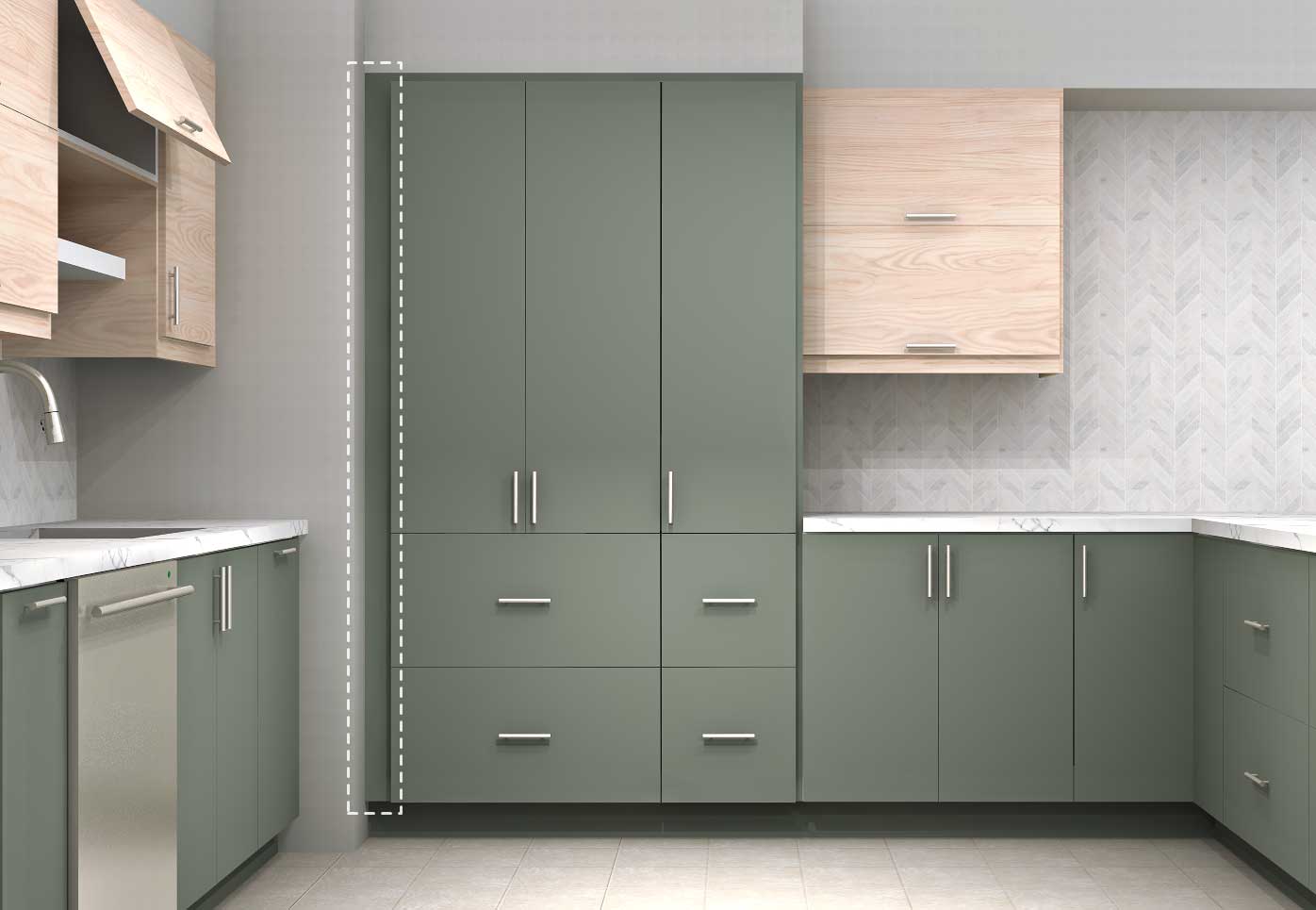

Garden Essentials
What Is Kitchen Cabinet Infill
Modified: March 7, 2024
Discover the beauty and functionality of garden kitchen cabinets. Transform your outdoor space with stylish and durable cabinets designed for infill purposes.
(Many of the links in this article redirect to a specific reviewed product. Your purchase of these products through affiliate links helps to generate commission for Storables.com, at no extra cost. Learn more)
Introduction
Welcome to the world of kitchen cabinet infill. Whether you’re embarking on a kitchen renovation or simply looking to upgrade your existing cabinets, understanding the concept of infill can greatly impact the functionality and aesthetics of your kitchen. In this article, we will explore what kitchen cabinet infill is, its pros and cons, the different types available, factors to consider when choosing infill, the installation process, and how to properly maintain and care for it.
When it comes to kitchen cabinets, infill refers to the material used to fill the gap between the cabinet frames or between cabinets and walls. This infill material not only adds structural support, but also contributes to the overall design and visual appeal of your kitchen.
Now that we have a basic understanding of kitchen cabinet infill, let’s explore the advantages and disadvantages it offers.
Key Takeaways:
- Kitchen cabinet infill is the material that fills the gaps between cabinet frames or walls, providing support and enhancing the overall look of your kitchen cabinets. It comes in various types, each with its own pros and cons.
- When choosing kitchen cabinet infill, consider factors like budget, durability, and maintenance. Whether you prefer the strength of plywood, the affordability of MDF, the elegance of glass, or the timeless beauty of solid wood, infill can transform your kitchen.
Read more: What Is The Kitchen Cabinet
Definition of Kitchen Cabinet Infill
Kitchen cabinet infill is the material used to fill the space between cabinet frames or between cabinets and walls. It serves both functional and aesthetic purposes in cabinetry design. Infill can be made from various materials such as plywood, MDF (medium-density fiberboard), particle board, or solid wood.
The primary function of infill is to provide structural support and stability to the cabinets. By filling the gaps, it helps to reinforce the overall structure and prevent sagging or shifting over time. Infill also helps to create a seamless look by covering any exposed areas between cabinets or between cabinets and walls.
From an aesthetic standpoint, infill plays a crucial role in enhancing the visual appeal of your kitchen cabinets. It can be used to create a cohesive and unified look by matching the material and finish of the cabinets. Infill can also be an opportunity to add a decorative element or incorporate unique design features.
The choice of infill material will depend on factors such as budget, desired aesthetics, and durability. Plywood is a popular choice for infill due to its strength and resistance to warping. MDF and particle board are more affordable options, but they may not offer the same level of durability.
It’s important to note that kitchen cabinet infill is different from cabinet fillers. Fillers are narrow strips of material used to fill gaps between cabinets or between cabinets and walls. They are typically used to create a seamless alignment and ensure a snug fit. Infill, on the other hand, fills larger areas and provides structural support.
Now that we have a clear understanding of what kitchen cabinet infill is, let’s explore the advantages and disadvantages it brings to your kitchen design.
Pros and Cons of Kitchen Cabinet Infill
Like any design element, kitchen cabinet infill comes with its own set of pros and cons. Understanding these can help you make an informed decision when it comes to selecting the right infill material for your cabinets. Let’s explore the advantages and disadvantages:
Pros of Kitchen Cabinet Infill:
- Structural Support: Infill provides additional stability and structural support to kitchen cabinets, preventing sagging or shifting over time.
- Aesthetic Enhancement: Infill helps create a seamless and cohesive look by covering gaps and exposed areas, resulting in a more visually appealing kitchen cabinet design.
- Customization Possibilities: With various infill materials and finishes available, you have the flexibility to customize the appearance of your cabinets to match your desired style and design aesthetic.
- Improved Cleaning and Maintenance: Infill eliminates hard-to-reach gaps and crevices, making it easier to clean and maintain your kitchen cabinets.
- Added Insulation: Depending on the infill material used, kitchen cabinet infill can provide an additional layer of insulation, helping to regulate temperature and reduce energy costs.
Cons of Kitchen Cabinet Infill:
- Increased Cost: Adding infill to your kitchen cabinets can increase the overall cost of the project, especially if you opt for high-quality materials.
- Limited Accessibility: Infill can restrict access to the interior of the cabinets, making it slightly more challenging to reach items stored in the back of the cabinets.
- Potential for Damage: Depending on the material used, kitchen cabinet infill may be susceptible to moisture damage, warping, or other issues if not properly sealed and maintained.
- Limited Design Flexibility: Infill may limit the flexibility to make changes or modifications to the cabinet layout in the future, as it is designed to fit specific gaps and spaces.
- Installation Complexity: Installing kitchen cabinet infill requires precision and expertise, as it needs to be accurately measured, cut, and fitted to ensure a seamless and professional look.
By weighing the pros and cons of kitchen cabinet infill, you can make an informed decision that best suits your needs, budget, and overall design vision for your kitchen.
Read more: What Is A Hoosier Cabinet
Types of Kitchen Cabinet Infill
When it comes to kitchen cabinet infill, there are several types of materials to choose from. Each material offers its own unique set of characteristics and advantages. Let’s take a closer look at the different types of infill materials:
1. Plywood:
Plywood is a popular choice for kitchen cabinet infill due to its strength, durability, and resistance to warping. It is made from multiple layers of wood veneers glued together, creating a robust and stable material. Plywood infill provides excellent structural support and is available in various thicknesses to accommodate different cabinet designs.
2. MDF (Medium-Density Fiberboard):
MDF is an engineered wood product made from wood fibers and resin. It is a cost-effective option for infill and offers a smooth and uniform surface. MDF infill is easy to work with and provides a consistent appearance. However, it is less resistant to moisture compared to other materials and requires proper sealing to avoid damage.
3. Particle Board:
Particle board is another affordable option for kitchen cabinet infill. It is made from compressed wood particles and resin. While particle board may not have the same level of strength and durability as plywood, it can still provide sufficient structural support. However, it is important to note that particle board is more susceptible to water damage, so proper sealing is essential.
Read more: What Is A Pantry Cabinet
4. Solid Wood:
For those looking for a natural and luxurious option, solid wood infill is an excellent choice. It offers unmatched beauty, warmth, and a timeless appeal. Solid wood infill is available in various species, such as oak, maple, cherry, or walnut, allowing you to create a unique and personalized aesthetic. However, solid wood infill may be more expensive and require regular maintenance to prevent warping or cracking.
5. Glass:
Glass infill is a modern and stylish option that adds a touch of elegance to kitchen cabinets. It allows you to showcase and display your kitchenware, adding depth and visual interest to the space. Glass infill can be clear, frosted, or textured, depending on the level of transparency and privacy desired.
When selecting the type of infill material for your kitchen cabinets, consider factors such as budget, durability, maintenance requirements, and the overall design aesthetic you wish to achieve. Each material brings its own set of benefits, so take the time to explore the options and choose the one that best suits your needs.
Factors to Consider when Choosing Kitchen Cabinet Infill
Choosing the right kitchen cabinet infill material is an important decision that should take several factors into consideration. The following are key factors to keep in mind when selecting the infill material for your cabinets:
1. Budget:
Consider your budget as it will play a significant role in determining the type of infill material you can choose. Some materials, such as solid wood, may be more expensive compared to plywood or particle board. Determine your budget beforehand and look for options that align with it.
2. Durability:
Assess the durability of each infill material. Consider factors such as resistance to moisture, warping, or damage. Solid wood and plywood are generally more durable options compared to MDF or particle board. If you anticipate heavy use or exposure to moisture, prioritize materials that offer greater durability.
3. Aesthetic Appeal:
Consider the overall design aesthetic you want to achieve in your kitchen. Each infill material has its own unique appearance and can significantly impact the look and feel of your cabinets. For a more traditional or rustic look, solid wood may be the ideal choice. Glass infill, on the other hand, offers a modern and sleek aesthetic.
4. Maintenance:
Think about the level of maintenance required for each infill material. Some materials may need regular sealing or refinishing to maintain their appearance and prevent damage. Consider how much time and effort you are willing to invest in maintaining the infill material in the long run.
5. Cabinet Style:
Consider the style and design of your kitchen cabinets. Some infill materials may be better suited for specific cabinet styles. For example, glass infill works well with contemporary or modern designs, while solid wood infill complements traditional or farmhouse-style cabinets. Choose an infill material that harmonizes with your cabinet style.
6. Structural Support:
Ensure that the infill material you choose provides adequate structural support to the cabinets. It should be strong enough to prevent sagging or shifting over time. Solid wood and plywood are known for their structural integrity, making them ideal choices for cabinets that require more support.
7. Personal Preference:
Finally, consider your own personal preference. Take into account your taste, style, and the overall vibe you want to create in your kitchen. Ultimately, you should select an infill material that resonates with your own aesthetic preferences and enhances your enjoyment of the space.
By carefully considering these factors, you can make an informed decision when choosing the kitchen cabinet infill material that best meets your needs and aligns with your budget and design vision.
Installation Process of Kitchen Cabinet Infill
The installation process of kitchen cabinet infill requires precision and attention to detail to ensure a seamless and professional finish. While it is recommended to hire a professional for this task, here is a general overview of the installation process:
1. Measurements and Preparation:
Measure the gaps between cabinet frames or between cabinets and walls where the infill will be installed. Take accurate measurements to ensure a perfect fit. Prepare the infill material by cutting it to the appropriate size and shape, accounting for any corners or angles.
2. Sanding and Edging:
If necessary, sand the edges of the infill material to smooth out any roughness. Use a fine-grit sandpaper to achieve a clean and polished finish. Pay attention to the edges that will be visible once installed.
3. Sealing and Priming:
If using wood-based infill materials, it is essential to seal or prime the surfaces to protect them from moisture or damage. Apply a coat of sealant or primer to all sides of the infill, allowing it to dry completely before proceeding to the next step.
4. Fitting and Installation:
Begin by inserting the infill material into the gaps between cabinet frames or cabinets and walls. Make sure it fits snugly and sits flush against the surrounding surfaces. Use screws, nails, or adhesive to secure the infill in place. Take care to position the infill material accurately and align it with the cabinet frames for a seamless look.
5. Finishing Touches:
Once the infill material is securely installed, check for any gaps or unevenness. Fill any gaps or holes with wood filler or putty, and sand the surface to create a smooth and even finish. Finish off the installation process by applying a coat of paint or stain to match the rest of the cabinetry.
It is worth noting that the specific installation process may vary depending on the type of infill material and the design of your cabinets. It is highly recommended to consult a professional or follow the manufacturer’s guidelines for the best results.
Proper installation of kitchen cabinet infill is crucial to achieving a polished and cohesive look in your kitchen. Hiring a skilled professional ensures that the infill is installed correctly, providing structural support and enhancing the overall aesthetic appeal of your cabinets.
Read more: What Is An Infill Speed
Maintenance and Care for Kitchen Cabinet Infill
Proper maintenance and care are essential to ensure the longevity and beauty of your kitchen cabinet infill. By following these guidelines, you can keep your infill material in excellent condition:
1. Regular Cleaning:
Regularly clean the infill material using a soft, damp cloth or sponge. Avoid using harsh chemicals or abrasive cleaners that may damage the surface. For glass infill, use a non-ammonia glass cleaner for streak-free results.
2. Avoid Excessive Moisture:
Avoid exposing the infill material to excessive moisture, as it can cause warping or swelling, especially for wood-based infills. Immediately wipe up any spills or moisture on and around the infill to prevent damage. Use coasters or placemats to protect the infill material from hot objects or liquids.
3. Regular Inspections:
Periodically inspect the infill material for any signs of damage, such as cracks, chips, or wear. By catching any issues early, you can prevent them from worsening and extend the lifespan of your infill. Take prompt action to repair or replace damaged infill as needed.
Read more: What Is Infill Plane
4. Sealing and Refinishing:
If you have wood-based infill material, it may require periodic sealing or refinishing to protect it from moisture and maintain its appearance. Follow the manufacturer’s recommendations for sealing or refinishing to ensure proper protection and longevity.
5. Avoid Direct Sunlight:
If your kitchen cabinets with infill are exposed to direct sunlight, use window treatments or blinds to minimize UV rays. Prolonged exposure to sunlight can cause fading or discoloration of the infill material over time.
6. Handle with Care:
Treat your kitchen cabinet infill with care and avoid unnecessary rough handling. Be cautious when opening and closing cabinet doors, as slamming them shut can potentially damage the infill material.
7. Follow Manufacturer’s Guidelines:
Always refer to the specific care and maintenance guidelines provided by the manufacturer of your infill material. They may have specific recommendations or product suggestions that are best suited for your infill material.
By implementing these maintenance and care practices, you can keep your kitchen cabinet infill looking its best and ensure that it continues to enhance the overall beauty and functionality of your kitchen for years to come.
Read more: What Is Infill Sewerage
Conclusion
Congratulations! You have now gained a comprehensive understanding of kitchen cabinet infill and its significance in creating functional and visually appealing cabinets. By filling the gaps between cabinet frames or between cabinets and walls, infill materials provide structural support, enhance the overall aesthetics, and contribute to the seamless and cohesive design of your kitchen.
Throughout this article, we explored the definition of kitchen cabinet infill and its various types, including plywood, MDF, particle board, solid wood, and glass. We discussed the pros and cons of each material, considering factors such as budget, durability, and maintenance requirements. Additionally, we delved into the installation process, emphasizing the importance of precision and attention to detail to achieve a professional finish.
To ensure the longevity and beauty of your kitchen cabinet infill, we discussed maintenance and care practices. Regular cleaning, avoiding excessive moisture, and periodic inspections are crucial to keep the infill material in excellent condition. Following the manufacturer’s guidelines, sealing or refinishing as needed, and handling with care are key to prolonging the lifespan of your infill.
Now armed with this knowledge, you are well-equipped to make an informed decision when selecting the infill material that best suits your needs, budget, and aesthetic preferences. Whether you opt for the strength and durability of plywood, the affordability of MDF or particle board, the timeless beauty of solid wood, or the modern elegance of glass, your carefully chosen kitchen cabinet infill will undoubtedly elevate the look and functionality of your kitchen.
Remember, the installation and maintenance of kitchen cabinet infill may require professional assistance. Don’t hesitate to consult experienced cabinet installers or follow the instructions provided by the manufacturer for optimal results.
With proper care and attention, your selected kitchen cabinet infill material will not only provide structural support but also add a touch of sophistication and character to your kitchen. Enjoy the transformation and the pleasure of cooking and entertaining in a space that reflects your personal style and taste.
Frequently Asked Questions about What Is Kitchen Cabinet Infill
Was this page helpful?
At Storables.com, we guarantee accurate and reliable information. Our content, validated by Expert Board Contributors, is crafted following stringent Editorial Policies. We're committed to providing you with well-researched, expert-backed insights for all your informational needs.
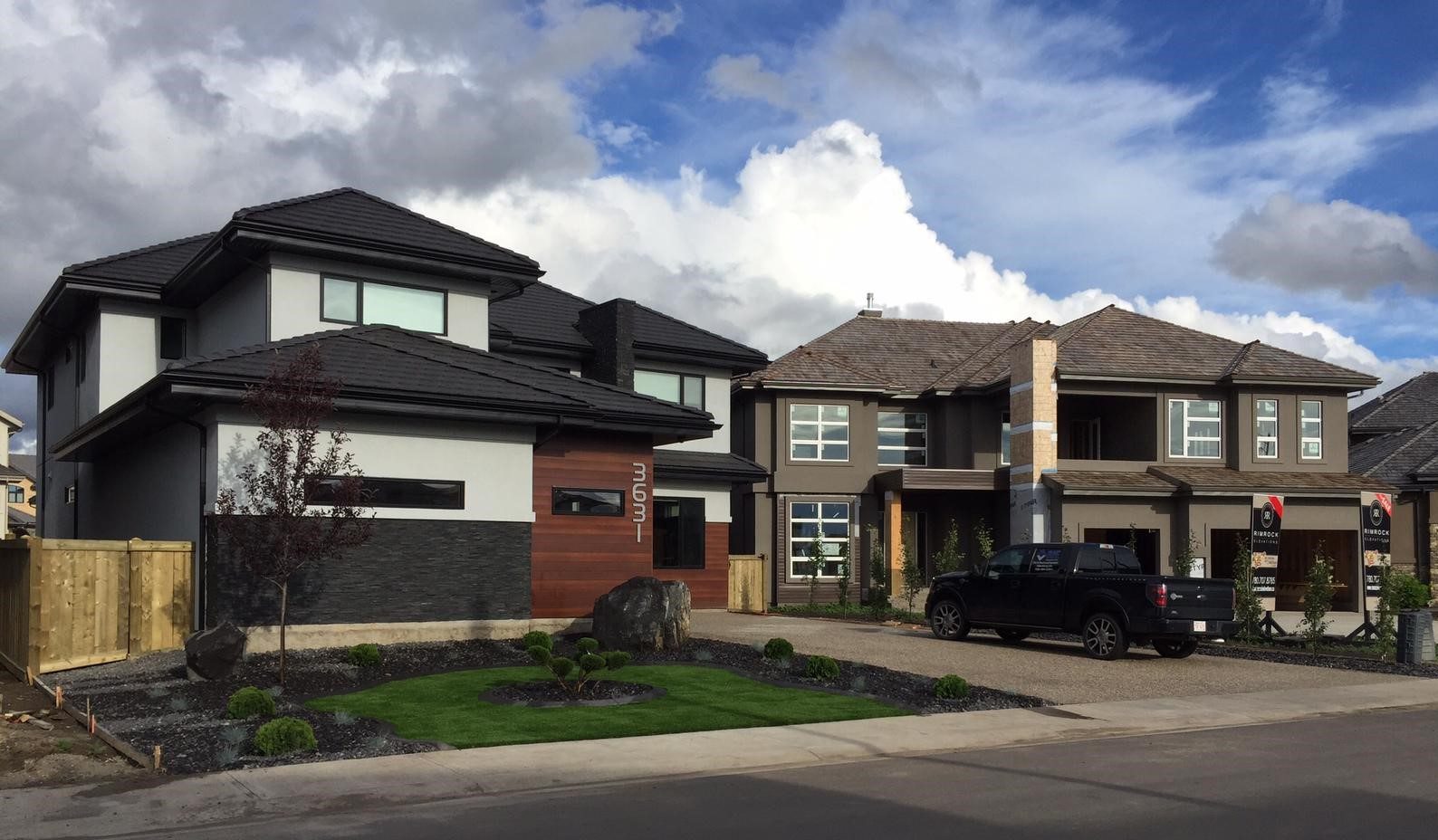
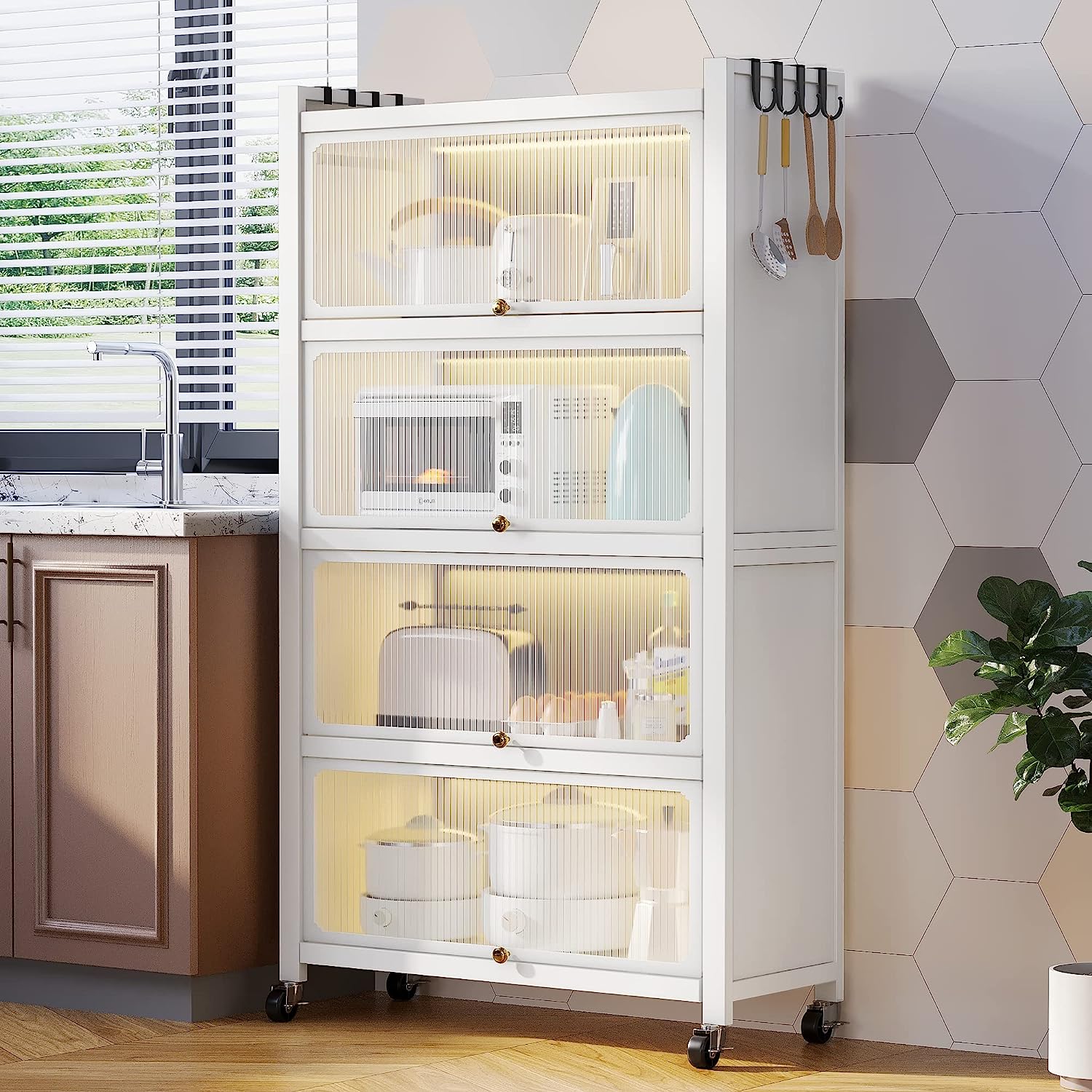

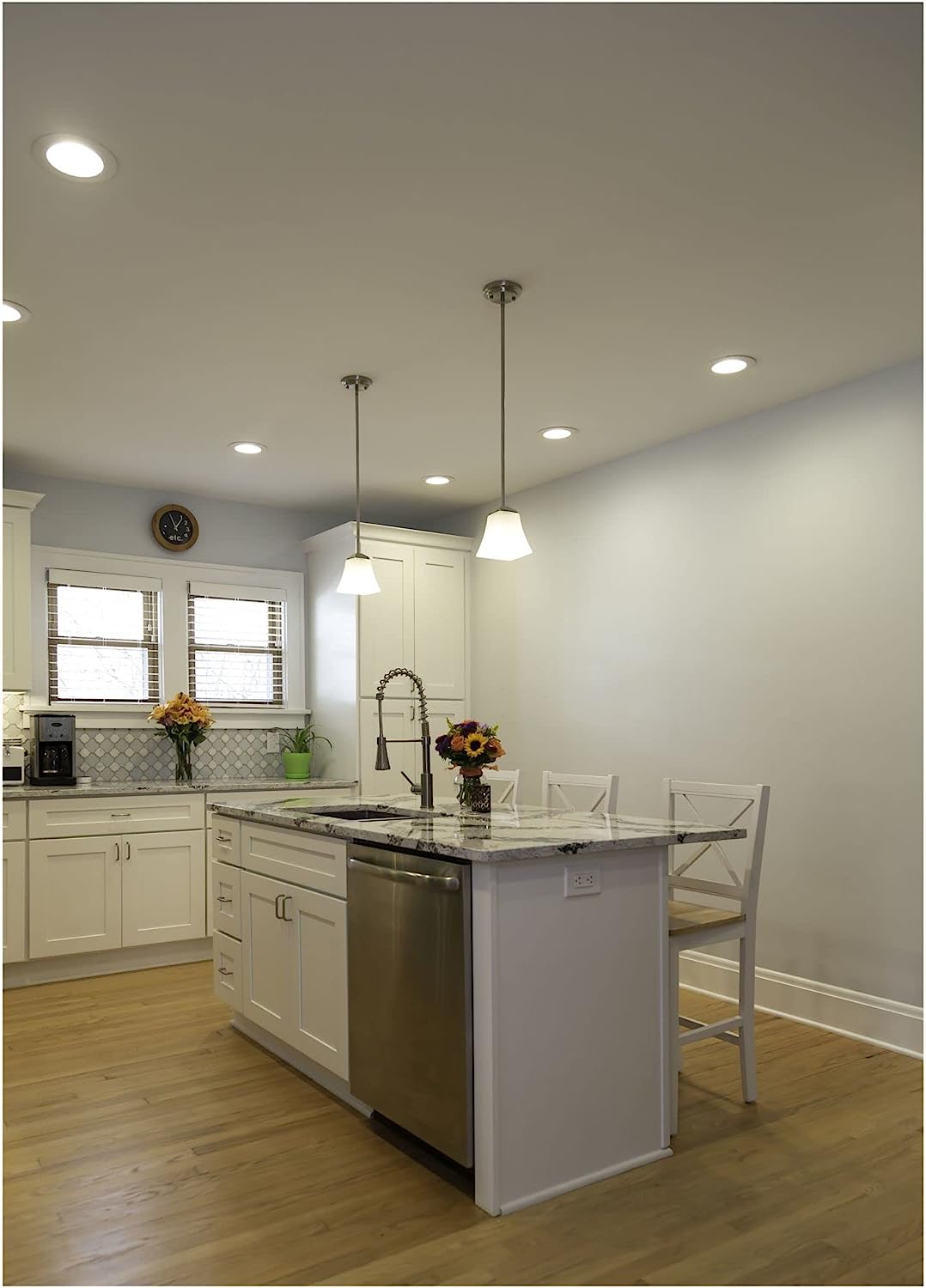
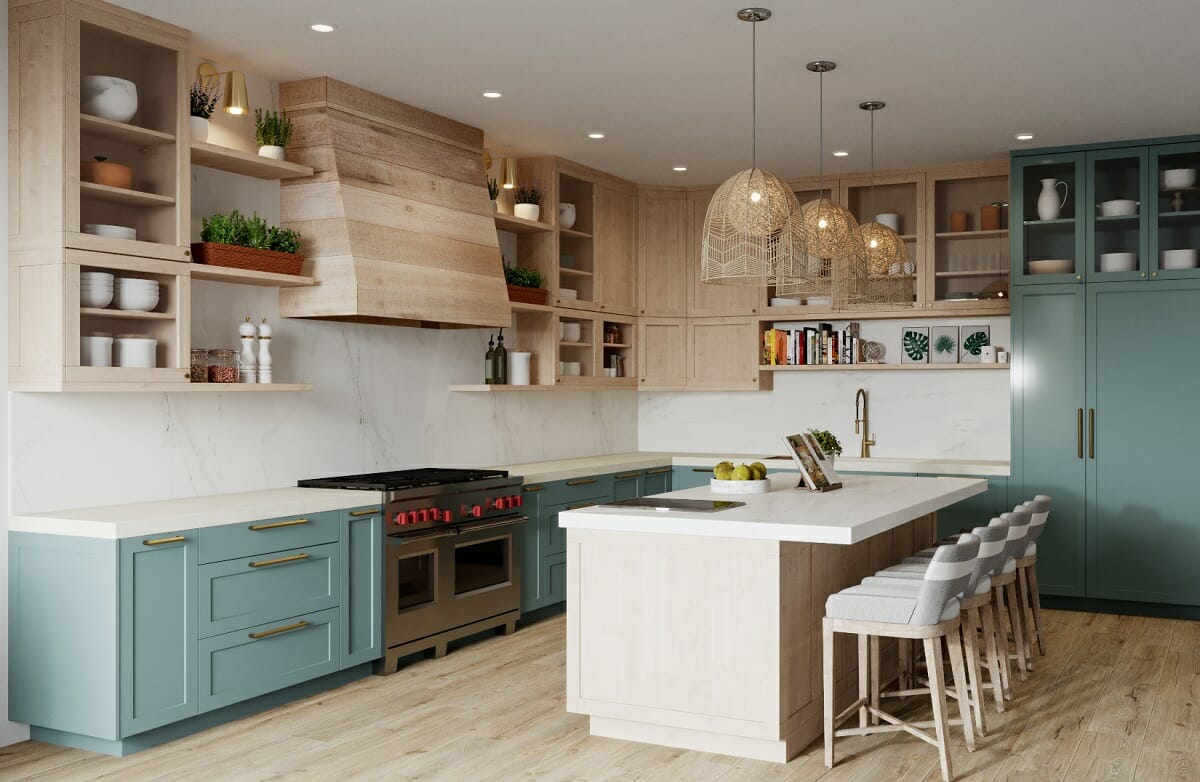
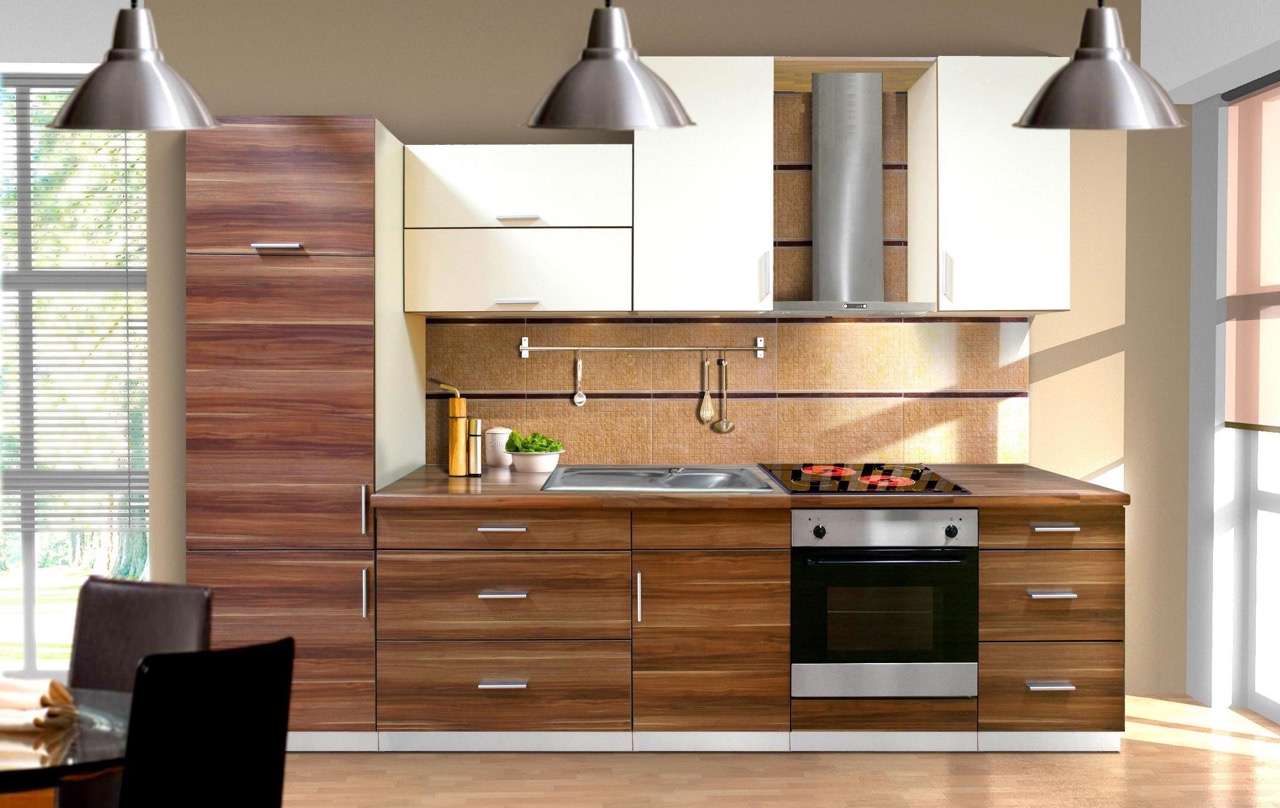


0 thoughts on “What Is Kitchen Cabinet Infill”